Home>Ideas and Tips>How To Choose The Right Paint Colors For A Minimalist Home Office
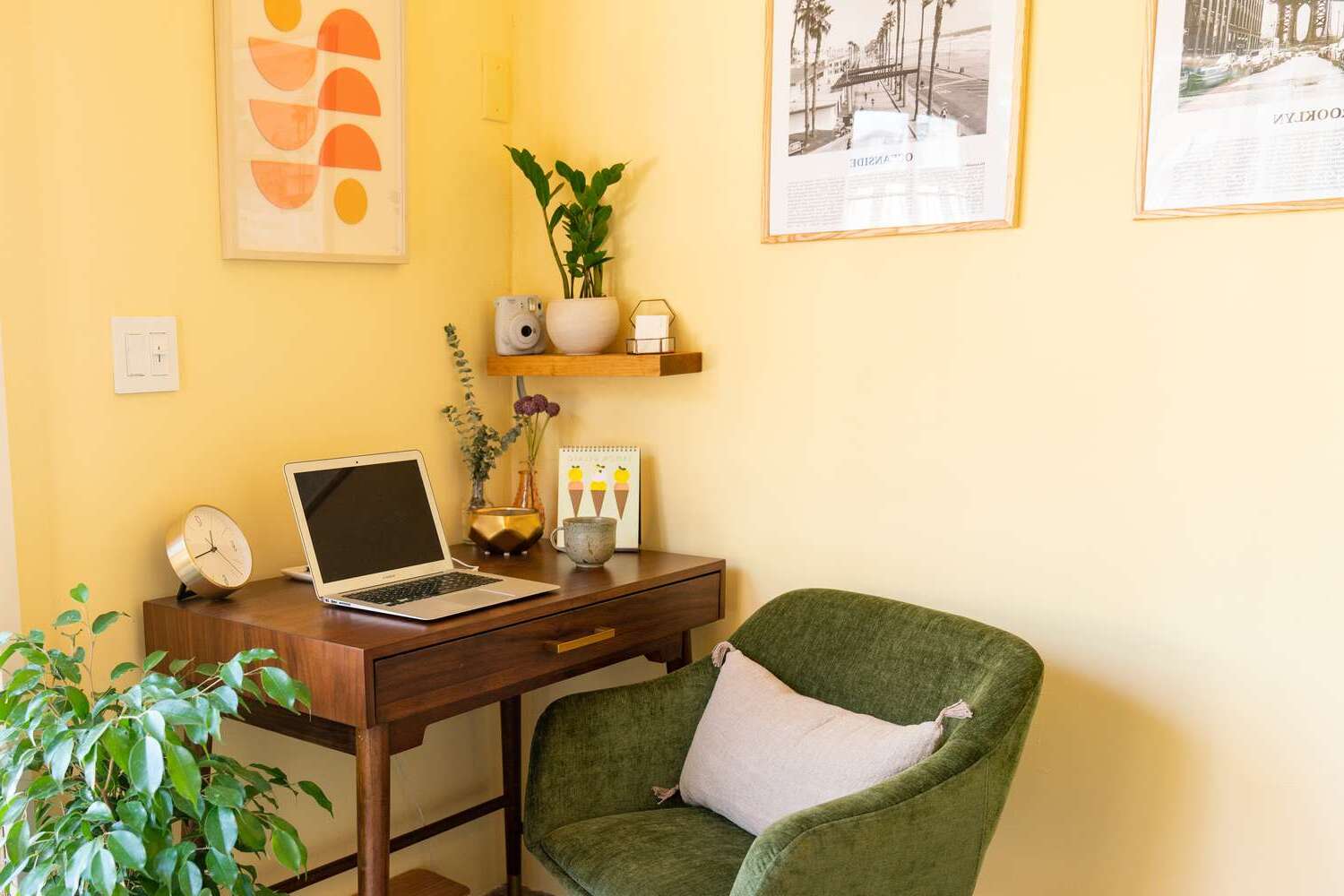

Ideas and Tips
How To Choose The Right Paint Colors For A Minimalist Home Office
Modified: October 27, 2024
Discover how to select the perfect paint colors for a minimalist home office to enhance productivity and create a clean, functional workspace.
(Many of the links in this article redirect to a specific reviewed product. Your purchase of these products through affiliate links helps to generate commission for Storables.com, at no extra cost. Learn more)
Creating a minimalist home office is all about simplicity, functionality, and a clean aesthetic. One of the most critical elements in achieving this look is the paint color you choose for your walls. The right paint color can significantly enhance the ambiance and productivity of your workspace, making it an essential decision to get right. In this article, we will guide you through the process of selecting the perfect paint colors for a minimalist home office, taking into account various factors that influence color choice.
Understanding Minimalism in Home Offices
Minimalism is about stripping away unnecessary elements and focusing on the essentials. In a home office, this translates to using clean lines, simple furniture, and a limited color palette. The goal is to create a space that is both functional and visually appealing without clutter or distractions.
Factors to Consider When Choosing Paint Colors
-
Natural Light
- Natural light plays a significant role in determining the best paint color for your home office. If your space receives plenty of natural light, you can opt for darker tones without worrying about the room feeling too dark. Conversely, if the space has limited natural light, lighter colors are recommended to reflect what little light there is and make the room appear brighter.
-
Purpose of the Space
- The purpose of your home office also influences your choice of paint color. For example, if you work in a field that requires creativity and focus, you might choose colors that stimulate these qualities. On the other hand, if you work in a more traditional or professional environment, neutral tones like grays and whites are often preferred.
-
Color Psychology
- Color psychology is an ancient practice that recognizes the psychological impact of colors on our mood and behavior. Different colors can evoke different emotions and reactions. For instance:
- Blue: Often associated with calmness and productivity. It can help employees stay focused and efficient.
- Green: Known for its soothing effects, green can reduce anxiety and promote creativity.
- Red: A stimulating color that can increase heart rate and motivation, but should be used sparingly due to its intense nature.
-
Space Size
- The size of your home office also affects your choice of paint color. In small spaces, lighter colors can make the room appear larger by reflecting light and creating an open feel. In larger spaces, darker colors can create a more intimate atmosphere.
-
Desired Temperature
- Colors can be hot or cold, and this can affect how you perceive the temperature of a room. Warm colors like orange, red, and yellow can "warm up" a space while cool colors like light blue or light green can "cool down" it.
-
Cohesiveness with Other Spaces
- If you have multiple rooms in your home that you want to look cohesive, choose paint colors that will provide a consistent look throughout. Transition colors in hallways can help prevent abrupt changes from one room to another.
Top 10 Paint Colors for Minimalist Home Offices
-
White
- White is a classic choice for home offices because it is clean, airy, and never outdated. However, it's crucial to avoid true whites which can seem stark and sterile in rooms with limited natural light. Instead, opt for off-whites with gentle undertones that bring depth to the space.
-
Light Gray
- A light gray provides a neutral background that complements most furniture and decor without being too bold or overwhelming. It’s also versatile enough to work well in both small and large spaces.
-
Soft Blues
- Soft blues are calming and can enhance productivity. They reflect light well and create an open feel in small spaces while providing a soothing atmosphere in larger ones.
-
Muted Greens
- Muted greens are another excellent choice for home offices as they promote relaxation and creativity. They also blend well with natural elements like plants, which can enhance the calming effect.
-
Taupe
- Taupe is a rich, earthy color that provides a cozy vibe without being too bold or expected. It pairs well with neutrals and blues, creating a harmonious workspace.
-
Blue-Greens
- Blue-greens are versatile colors that can help with anxiety while working. They reflect light well and create a balanced atmosphere in any size room.
-
Neutral Beige
- Neutral beige is another excellent option for creating a minimalist look in your home office. It provides warmth without being too distracting and works well with various furniture styles.
-
Soft Pinks
- Soft pinks can add a touch of femininity to your home office while maintaining its minimalist aesthetic. They create a calming environment that is perfect for focused work.
-
Gray-Blues
- Gray-blues offer the best of both worlds by combining the calming effects of blue with the neutrality of gray. They work well in small spaces to make them appear larger while providing a soothing atmosphere in larger ones.
-
Taupe-Greens
- Taupe-greens offer an earthy yet harmonious combination that promotes relaxation and creativity. They blend well with natural elements like plants and create a balanced workspace.
Practical Tips for Choosing Paint Colors
-
Test Samples
- Always test paint samples in situ before committing to a specific color. Colors look different on screens than they do in real life, so it's essential to see how they will appear in your specific lighting conditions.
-
Consider the Room's Orientation
- The orientation of your room affects how light enters it, which in turn affects how colors appear. North-facing rooms receive cooler light, so choose colors with warming undertones like red, yellow, or pink to avoid looking cold and drab.
-
Use Accent Walls
- If you want to add some personality to your home office without overwhelming it, consider using accent walls in bold colors like purple or blue. This can create different moods depending on where you sit and face.
-
Balance with Furniture
- Ensure that your furniture complements your chosen paint color by selecting pieces that either match or complement it harmoniously.
-
Don't Forget About Texture
- Texture plays a significant role in creating depth in a minimalist space. Combine smooth walls with textured furniture or decor to add visual interest without cluttering the space.
-
Consider Technology Integration
- With many home offices now incorporating technology like video conferencing equipment and smartboards, choose colors that won't clash with these elements but rather enhance them visually.
-
Personal Preference
- Ultimately, choose a color that you personally find appealing and comfortable working with. While certain colors may be recommended for their psychological effects, if you don't like them personally, they won't enhance your productivity or mood.
Common Mistakes to Avoid
-
Overwhelming Colors
- Avoid using too many bold colors in one space as they can create visual overload and distract from focused work.
-
Neutral Overuse
- While neutrals like white and gray are versatile options, overusing them can result in a sterile environment lacking character.
-
Ignoring Natural Light
- Failing to consider natural light when choosing paint colors can lead to rooms that feel either too dark or too light depending on the time of day.
-
Not Testing Samples
- Not testing paint samples before committing to a specific color can result in an unexpected outcome that may not meet your expectations.
-
Ignoring Feng Shui Principles
- Feng Shui principles suggest that certain colors can influence our mood and productivity positively or negatively. Ignoring these principles might lead to an environment that hinders rather than enhances your work performance.
Conclusion
Choosing the right paint color for your minimalist home office involves considering several factors including natural light, purpose of the space, color psychology, space size, desired temperature, and cohesiveness with other spaces. By understanding these factors and following practical tips like testing samples and balancing with furniture texture, you can create an environment that is both aesthetically pleasing and highly functional. Remember that personal preference plays a significant role in this decision as well; ultimately choose a color that makes you feel comfortable and productive while working.
By following these guidelines and avoiding common mistakes like overwhelming colors or ignoring natural light, you'll be able to create a home office that not only looks beautiful but also enhances your productivity and overall work experience.
Was this page helpful?
At Storables.com, we guarantee accurate and reliable information. Our content, validated by Expert Board Contributors, is crafted following stringent Editorial Policies. We're committed to providing you with well-researched, expert-backed insights for all your informational needs.
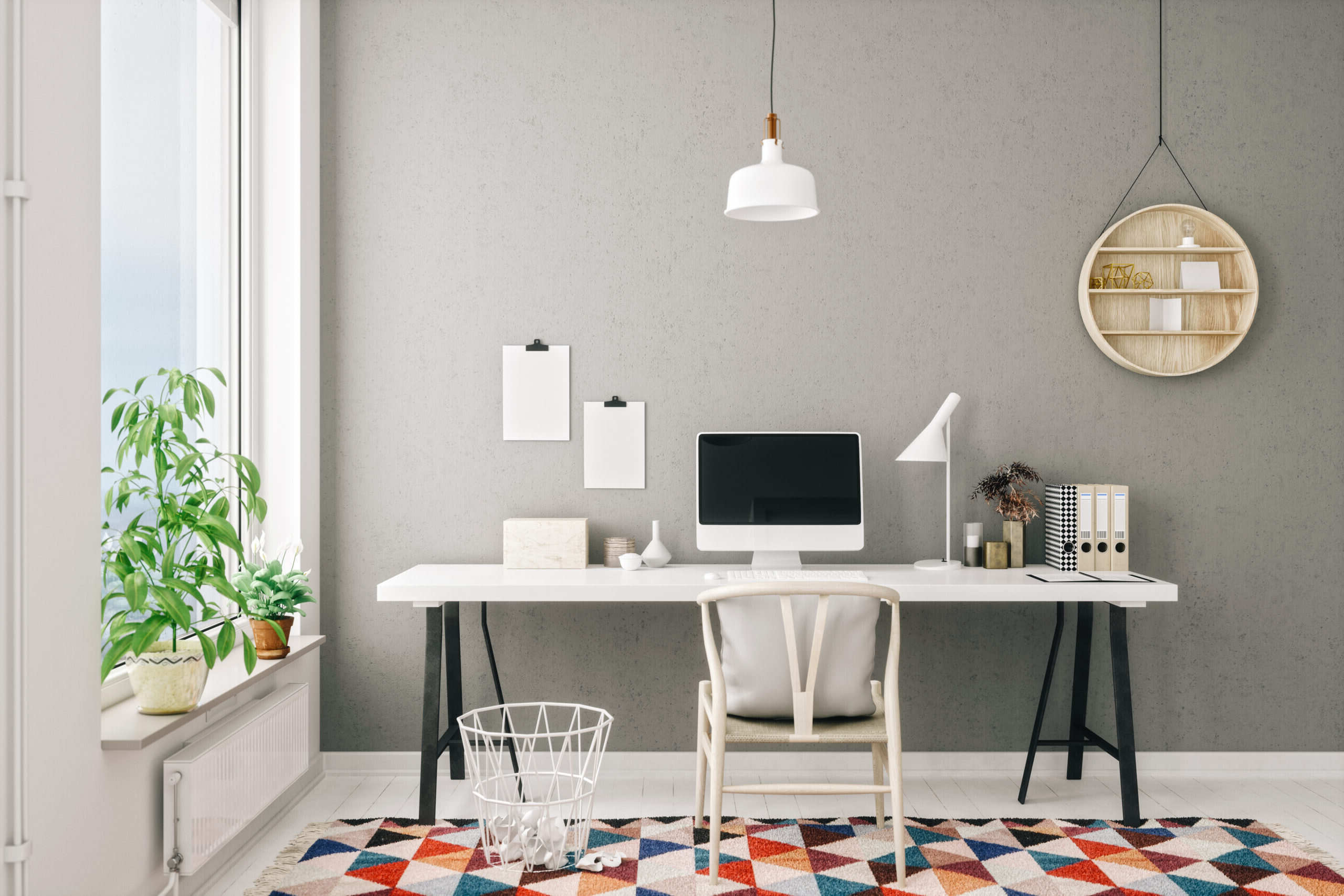
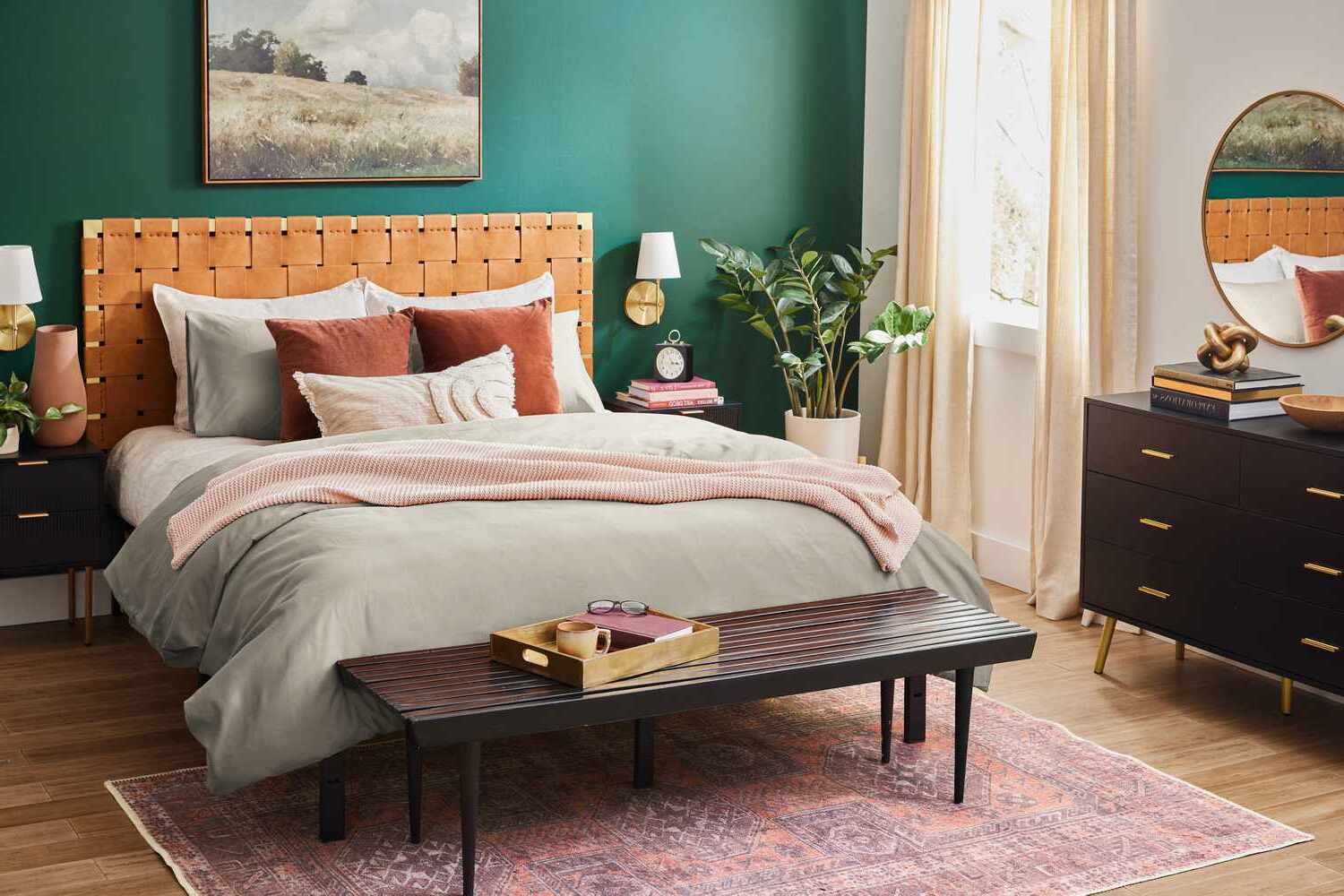
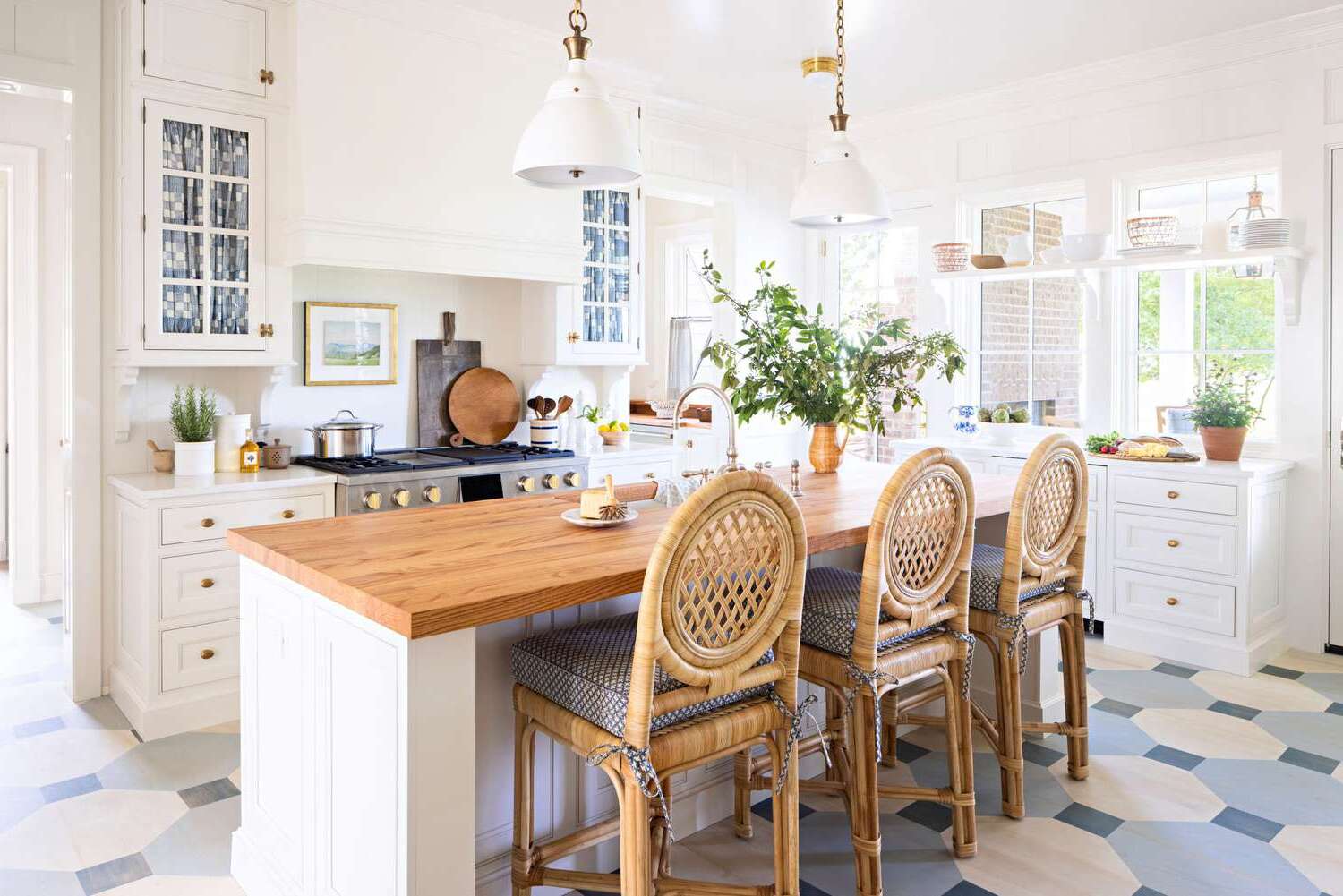
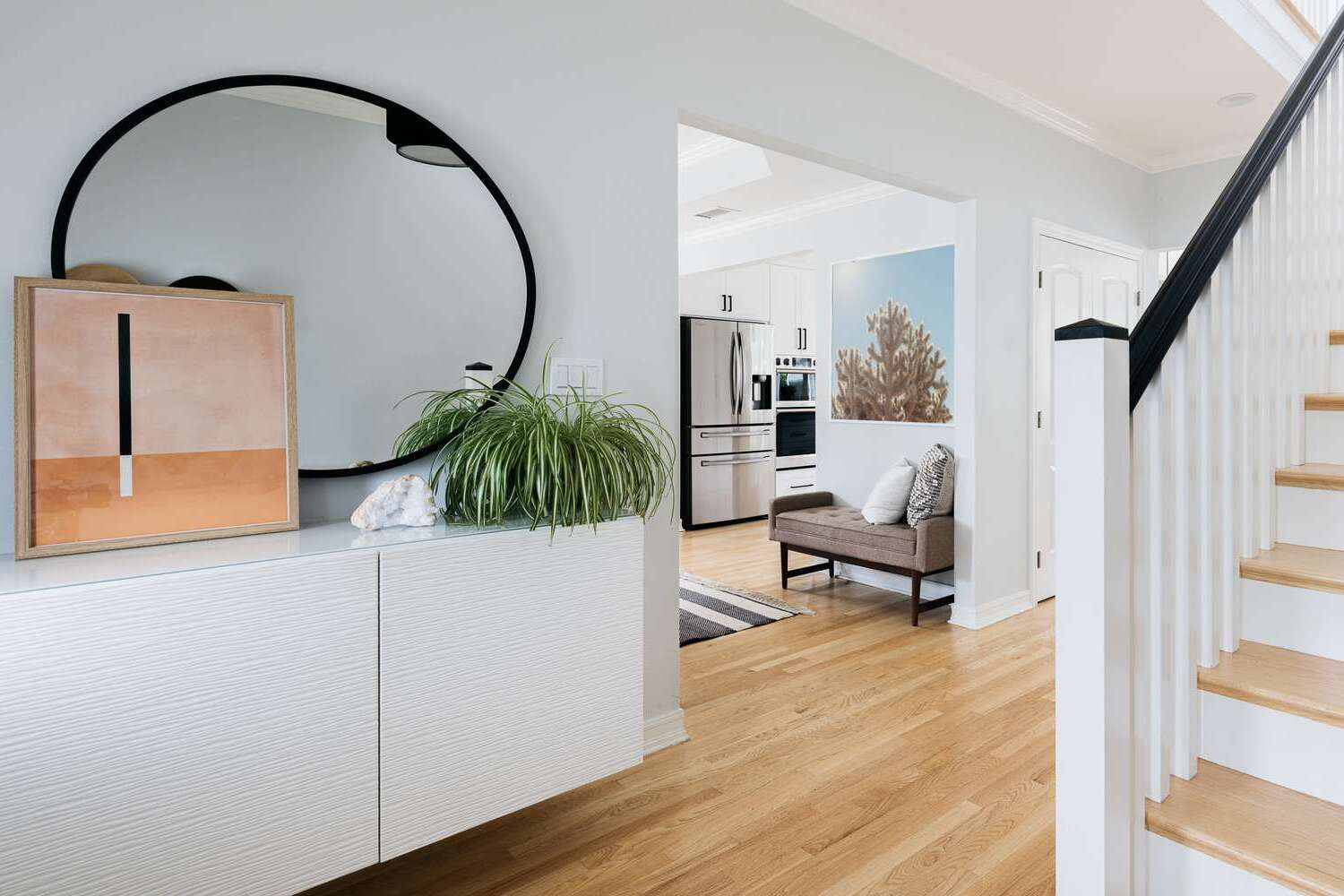
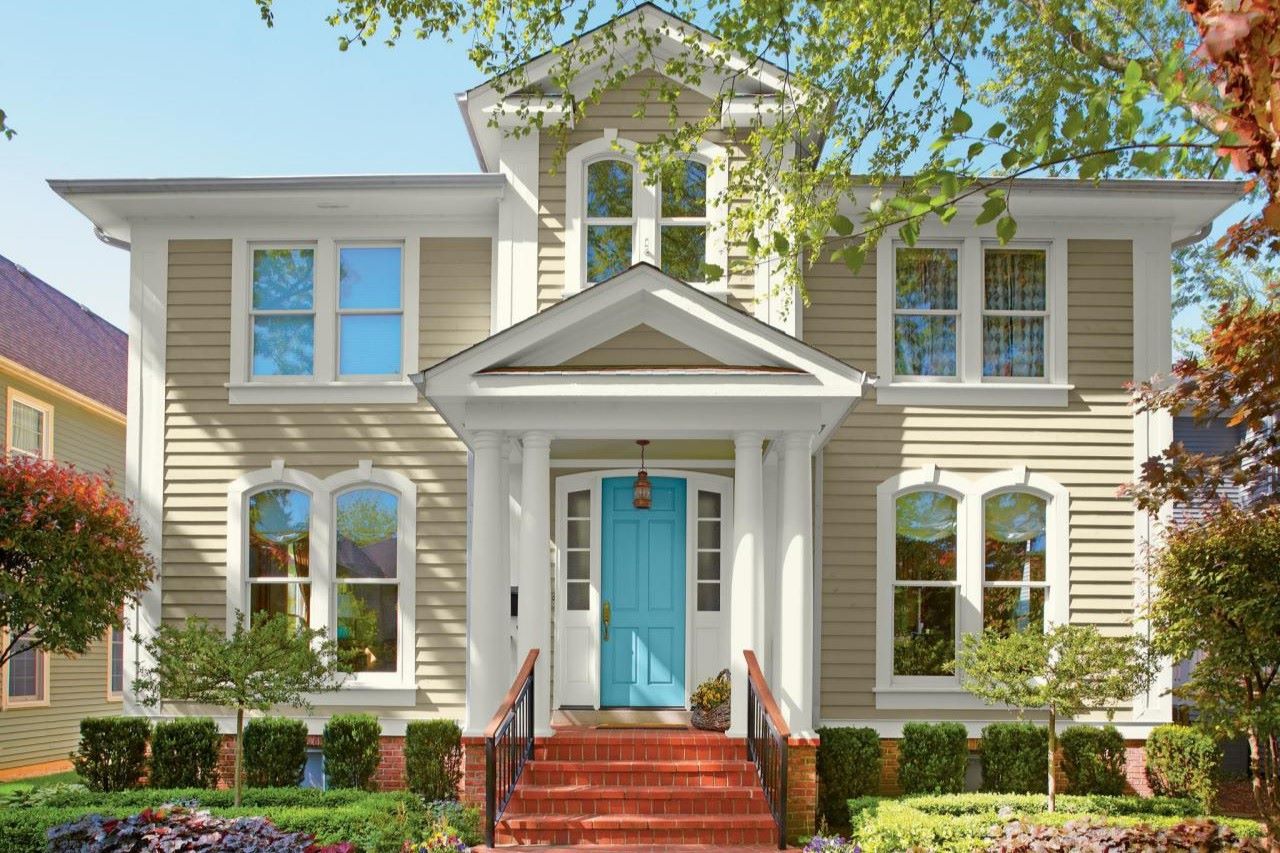
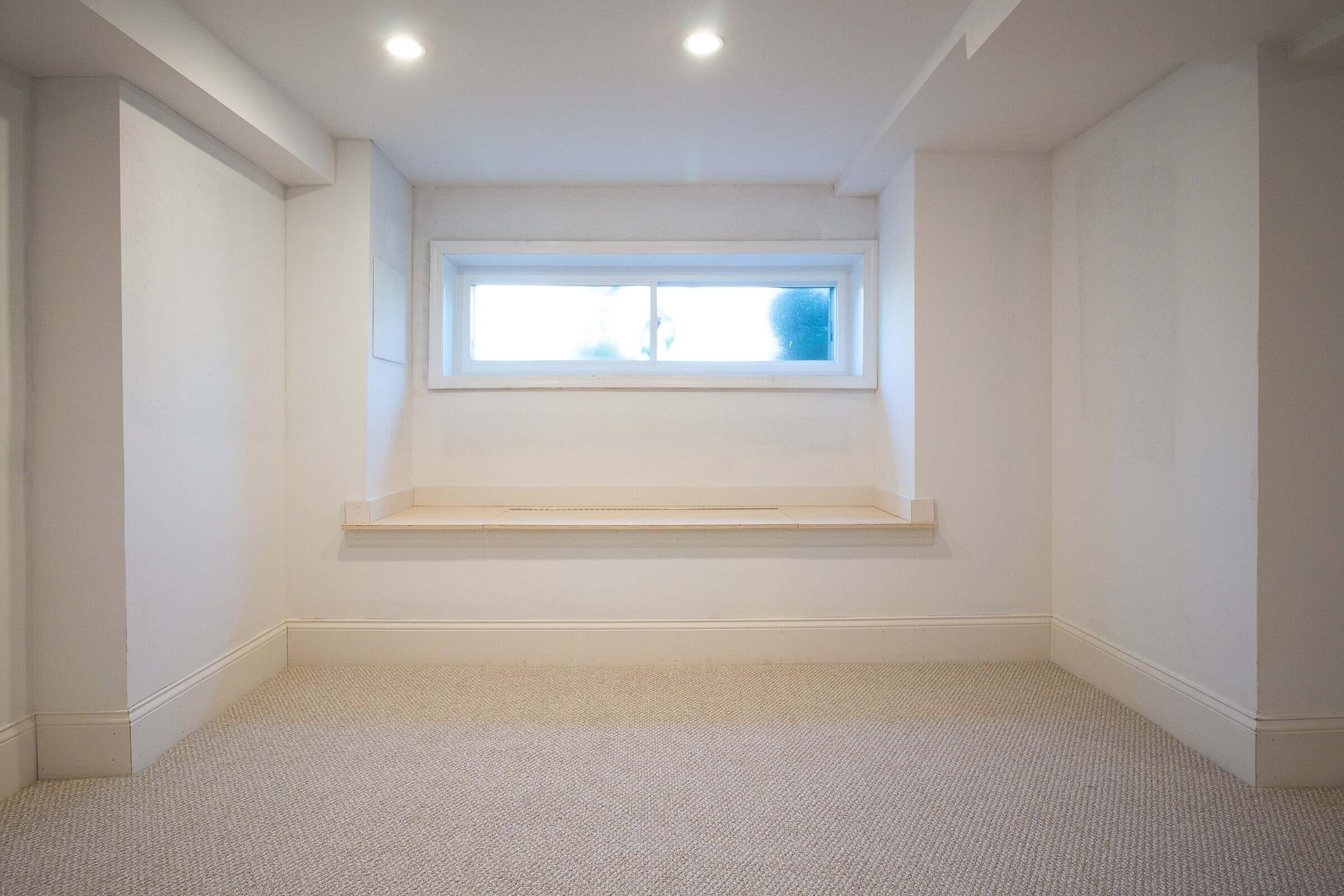
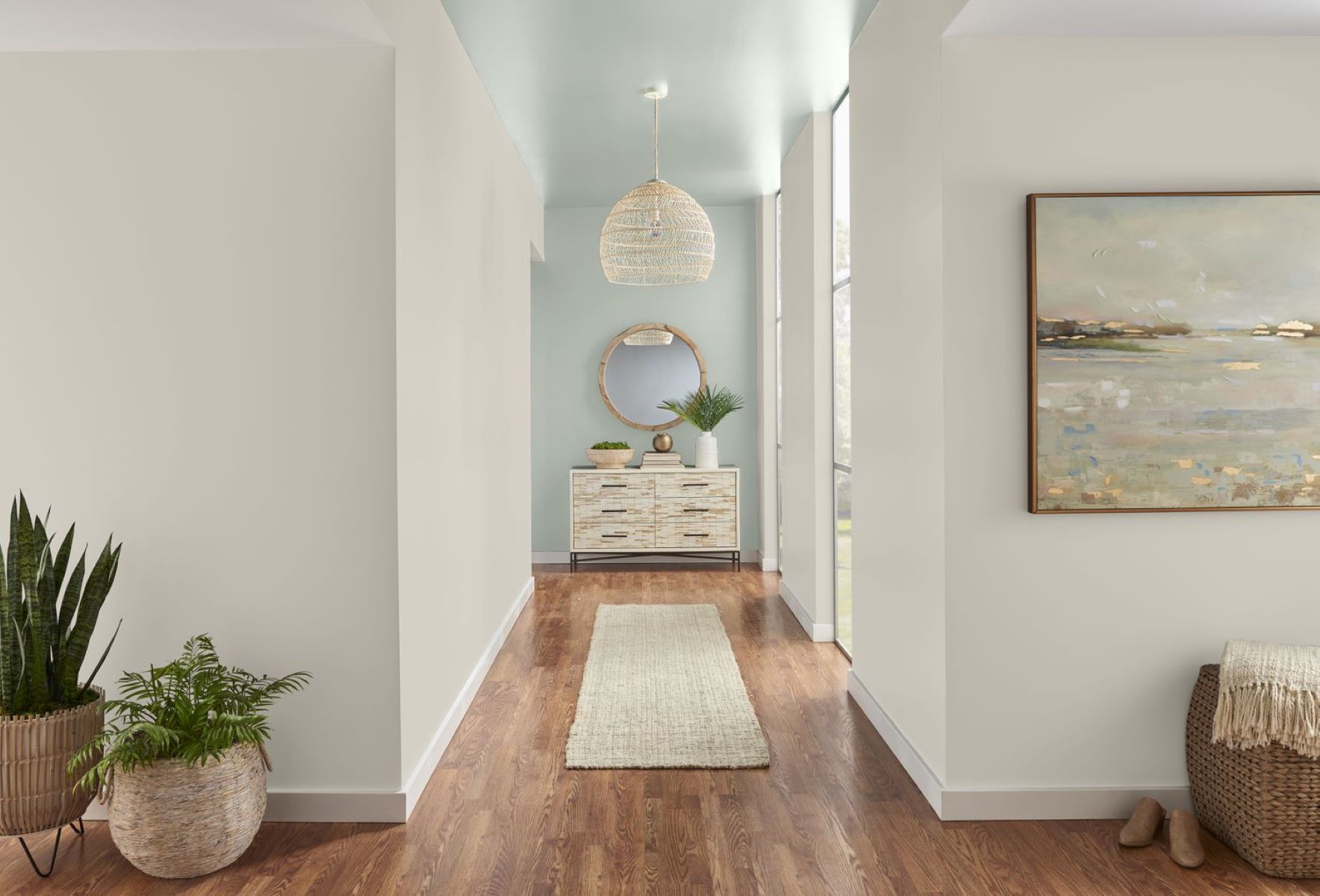
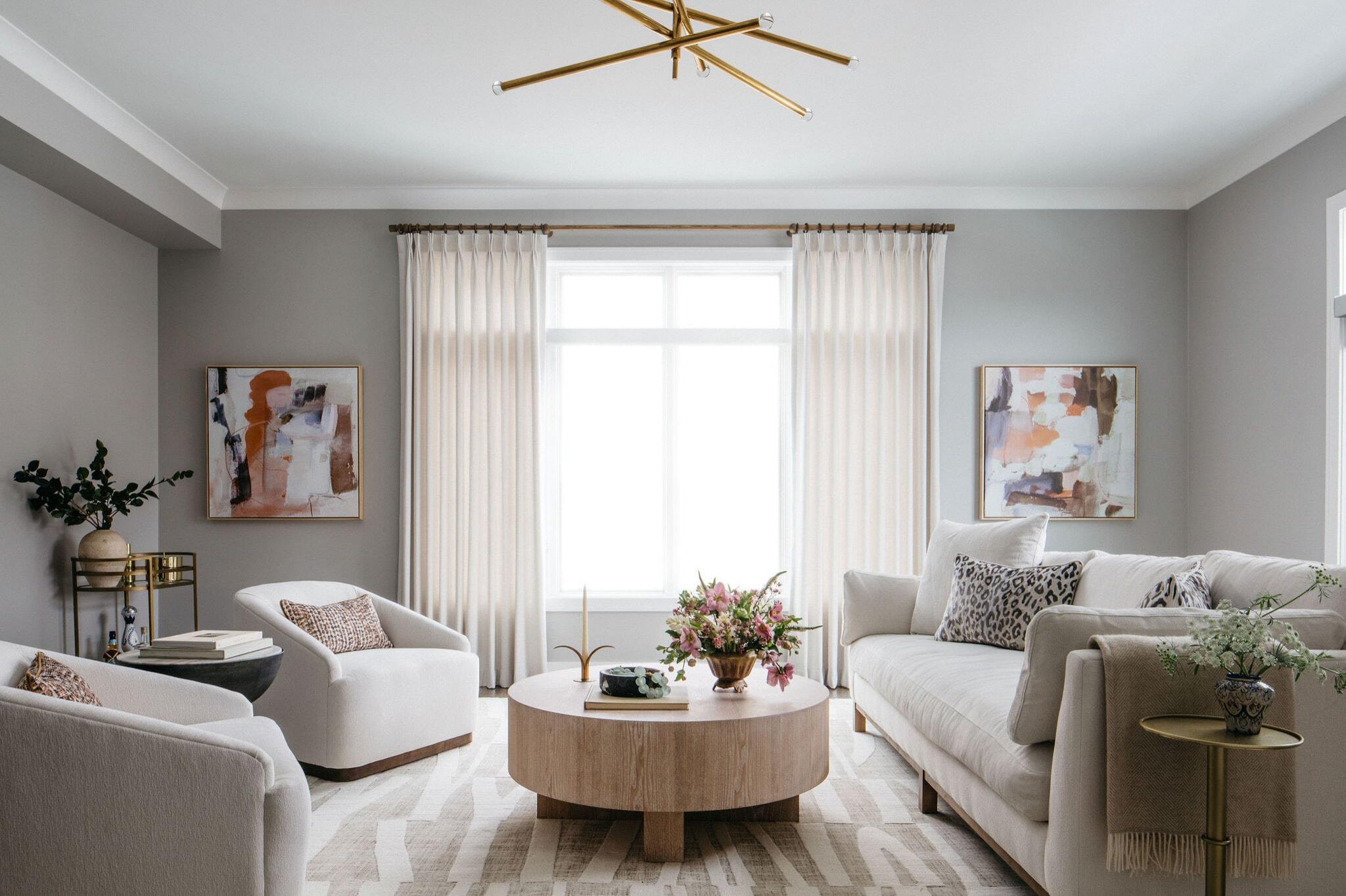
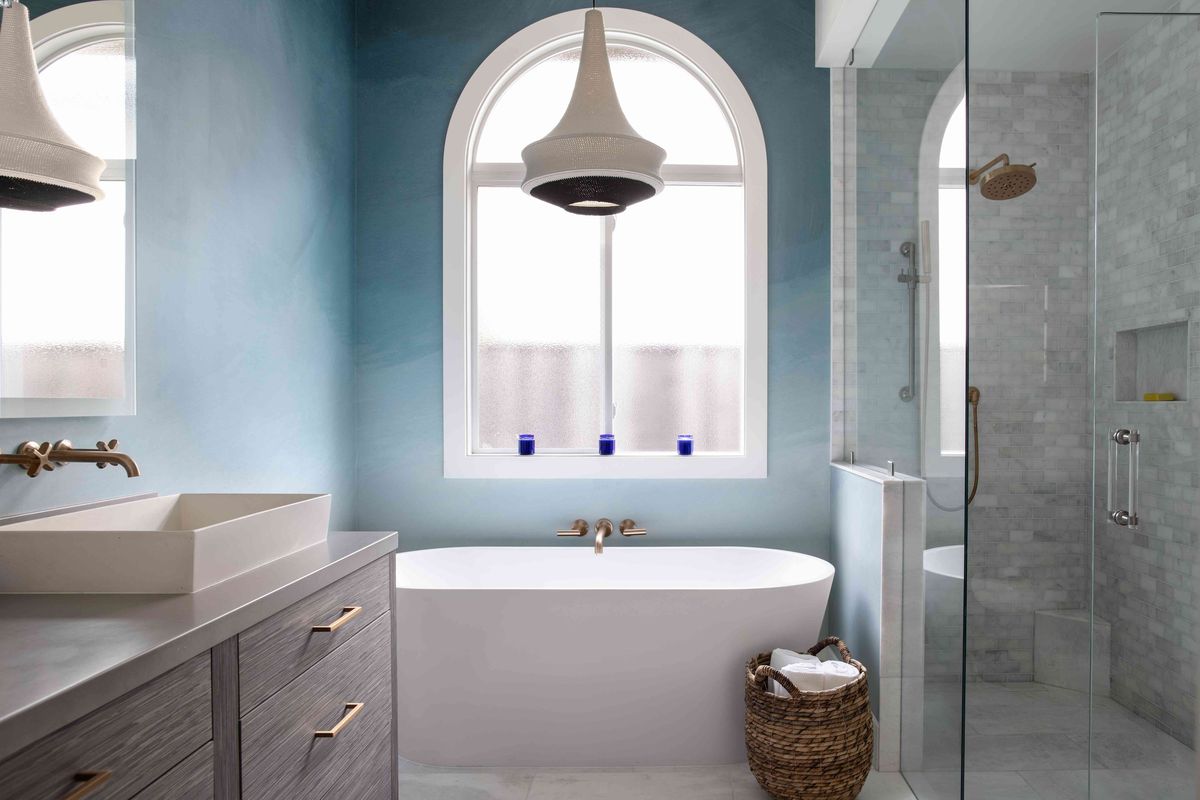
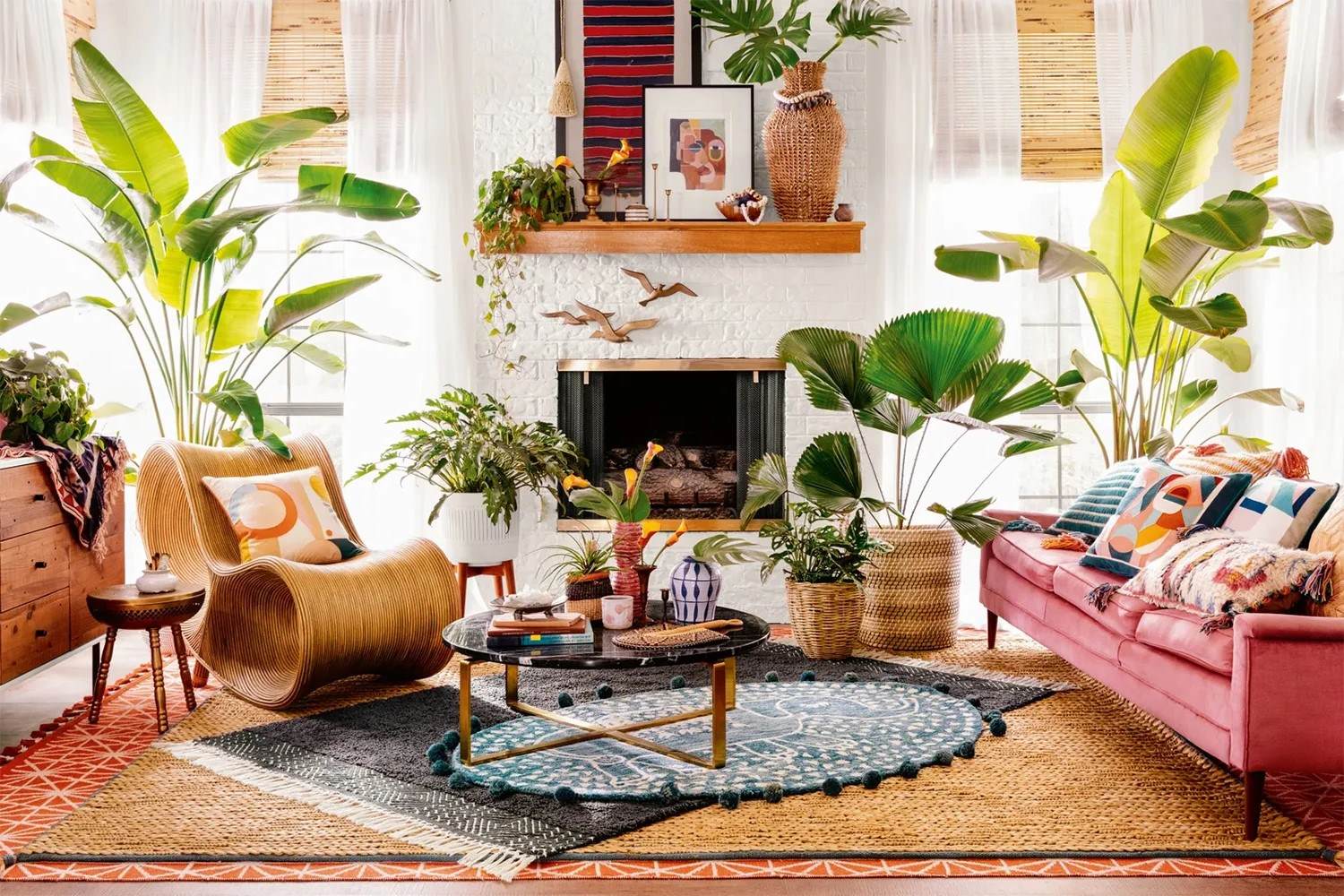
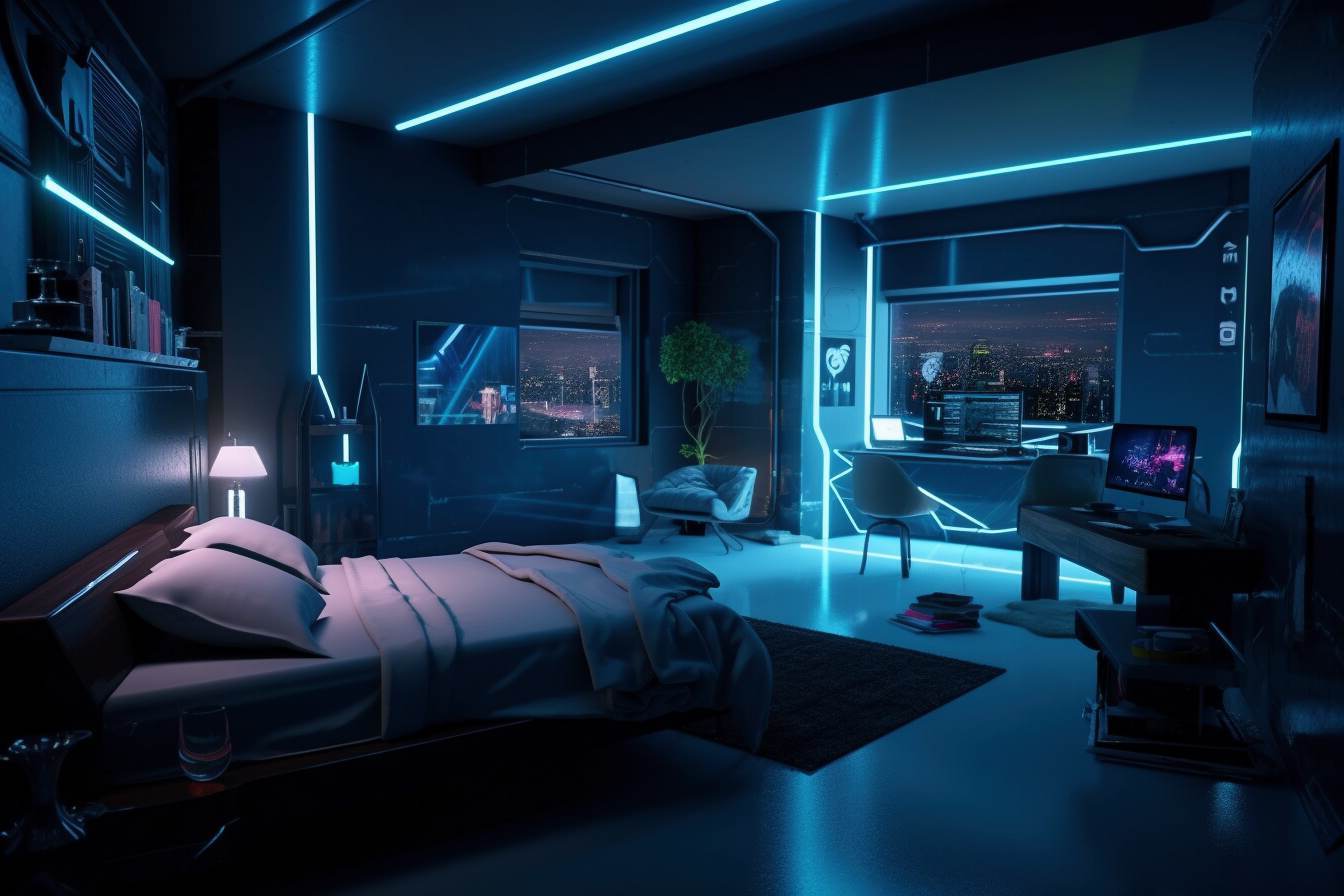
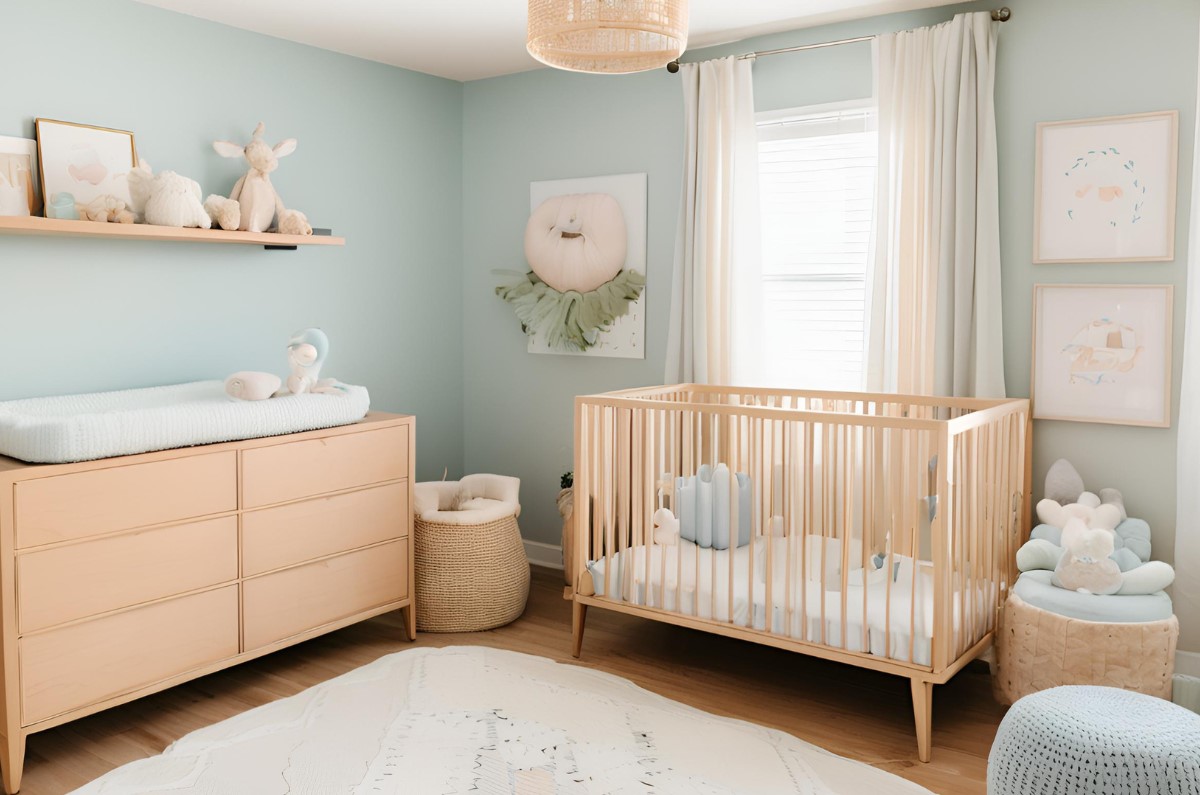
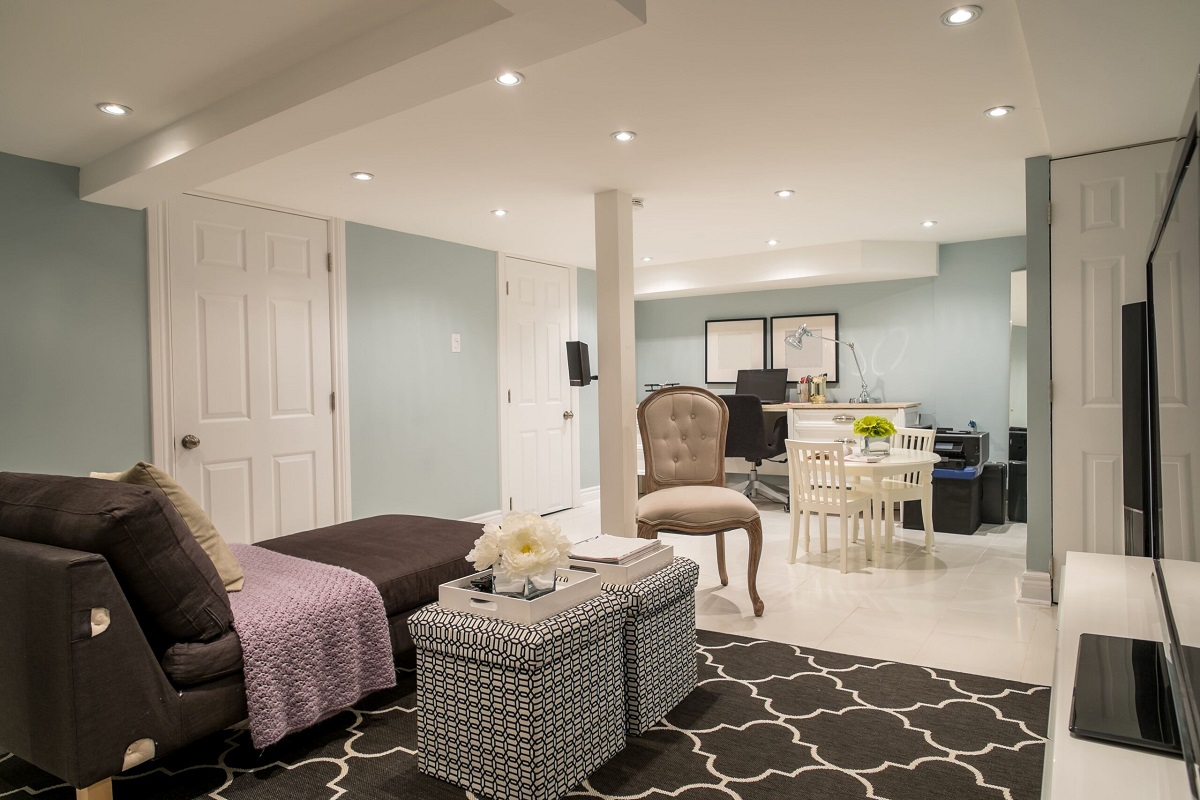
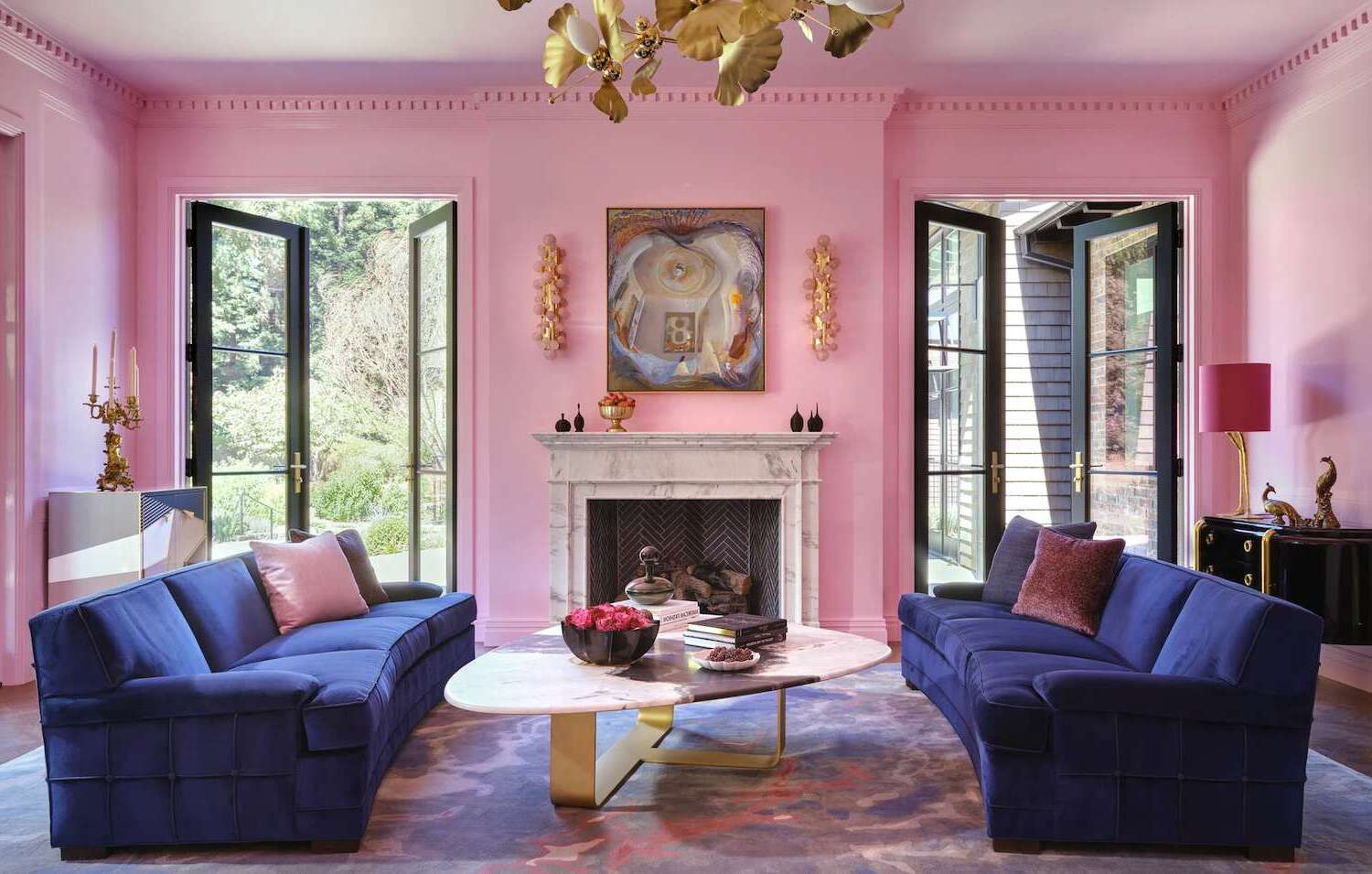

0 thoughts on “How To Choose The Right Paint Colors For A Minimalist Home Office”